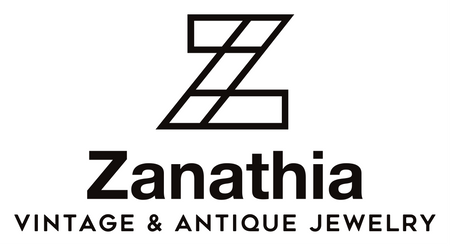During the late 19th century Victorian Era, vibrant revival trends could be seen in ladies and gentlemen. Technological advancements and the booming manufacturing industry made creating diverse jewelry styles easier and less time-consuming. A refreshing interest in functionality was incorporated into jewelry with the revitalization of the chatelaine and the growing use of scarf and shawl pins. It is common to see an antique photo of a Victorian wearing a scarf or shawl pin, which would be securely pinned to the fabric of the upper bodice or torso. A shawl pin was also known as a lace pin. Lace pins were used to confine lace at the neckline or throat. They were also ideal for attaching drapery at the shoulder. Various styles and intricate designs showcase how fashionable and fun pins were.

(A page from the E. V. Roddin & Co. 1888 jewelry catalog featuring various fine solid gold lace and shawl pins with different stones. https://archive.org/details/EVRoddinCoCatalogue1888/EVRoddin-1888-RTL021926-LowRes/page/n103/mode/2up)
After a pin-making machine was patented in 1832 by John Howe (1793 - 1876), creating them was less daunting and costly. With the post-Industrial Revolution fueled market, mass production introduced various options to the masses. By the 1870s, many jewelry catalogs featured vast collections of pins that a buyer could select from. When evaluating these Victorian pins, one can visualize the superb intricate designs and symbolic engravings featured. Scarf and shawl pins were not only dainty and beautiful; they also served as highly functional accessories. Scarf and shawl pins were used for dressmaking, embroidery, and securing scarves.





